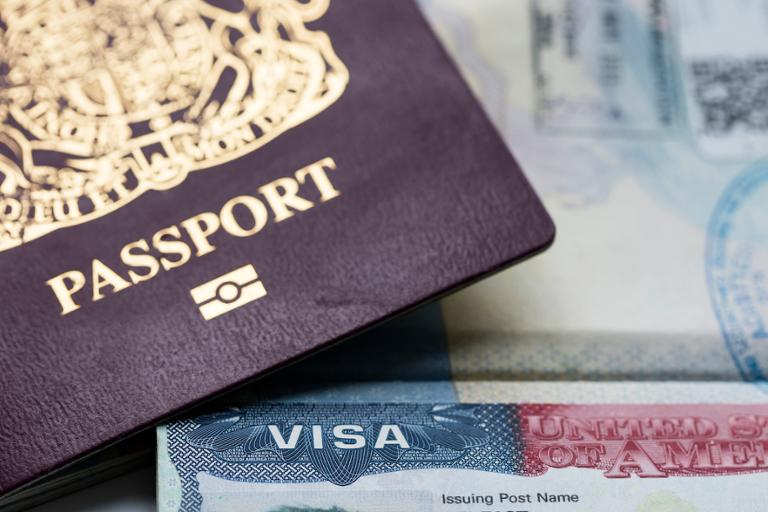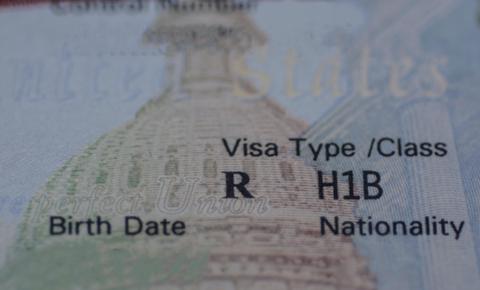
When it comes to the H-1B and the tech industry, much of the discussion tends to focus on how the largest and most-established tech companies use the visa. However, examining smaller companies’ relationship with the H-1B can yield additional insights.
For data on H-1B filings and average H-1B salaries by company, we can turn to the H-1B Salary Database, which indexes Labor Condition Application (LCA) disclosure data from the United States Department of Labor (DOL). For the purposes of this analysis, we exclude all of the companies in non-tech industries, such as medicine. Here’s the resulting list:
As we’ve noted before, it’s not surprising that Netflix tops the list, considering its history of paying all employees high salaries (the theory is that extraordinary skills are worth extraordinary compensation—but if you don’t deliver, you’re handed an extraordinary severance package). But the other companies paying H-1B workers the highest salaries aren’t the largest or most prominent ones in tech—Roku, TikTok, and Reddit, for example, all pay far more on average than Apple, Microsoft, Google, or Salesforce.
Meanwhile, some of tech’s largest companies file for many thousands of visas every year—and those are only direct filings. Big tech firms tend to subcontract H-1B workers from subcontracting and business-services companies, which one of the reasons why the latter file for so many visas every year. Although the Trump administration took several steps to make it more problematic for companies to subcontract H-1B workers, it seems unlikely that the practice will end anytime soon.
Critics of the H-1B system might look at a list like this and say it proves their point: smaller companies tend to use the visa to gain the highly specialized talent they need, whereas larger ones rely on it to secure software developers and other roles at a cheaper rate. Companies like Microsoft, meanwhile, argue that they’re obeying the visa’s original intent—but given their size, it’s inevitable they would apply for thousands of visas every year to meet their diverse project needs.
Sign Up Today
Membership has its benefits. Sign up for a free Dice profile, add your resume, discover great career insights and set your tech career in motion. Register now


